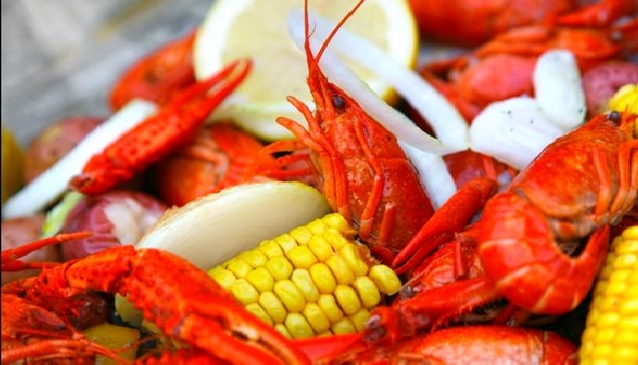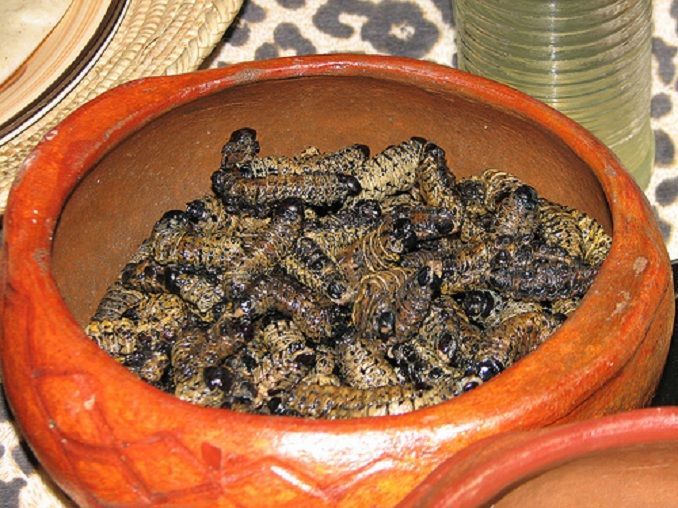Namibia boasts some of the finest food in Africa

Namibia is a place with a varied range of flavours and cultures and each of the country’s 11 ethnic groups has managed to contribute to the uniqueness of authentic Namibian cuisine.
One could define authentic Namibian cuisine as an infusion of European and African ingredients and recipes, with influences ranging from Germany, Holland and England on the European side, and from the Namibian side, tribes such as Namas, Damara’s and Ovambo. Both have brought ingredients and tastes to the mix that would have in the recent past been neglected in most major Namibia restaurants.
It is a wave of inspiration as more and more local dining establishments are finding innovative ways to prepare and incorporate such traditional flavours and creating a unique Namibian taste. Because Namibia is mostly an arid country, home to one of the oldest deserts and in part the Kalahari Desert, such cuisine and relevant dishes are, to an extent, reliant on seasonal ingredients, especially those ingredients endemic to specific rural areas.
That is not to say all seasonal ingredients have gone unnoticed; the Kalahari truffle and Omajowa mushroom are two fine examples of ingredients harvested and served with relish when in season. They are also a good example of ingredients from specific regions in the country, with the Omajowa found only in the northern reaches of the country and typically in the early days of the annual rainy season. On the other hand, the Kalahari Truffle is found mostly in the south-eastern areas amid the red sand dunes of the Kalahari Desert and only shortly after the rainy season.
Namibians love their food, especially when it is truly local, and the country in turn boasts some very talented chefs, whose flair and imagination can be found in dishes prepared at lodges, hotels, restaurants in Namibia, and plenty of catering establishments throughout the country. Evidence of such talent can be found in a locally produced recipe book – What’s Cooking? – compiled by the Namibian Chefs Association and containing an assortment of uniquely Namibian flavours, varying from the Kalahari truffle through to exotic ingredients such as Nara oil, Mahango (form of millet) and even local fish varieties, including horse mackerel.
One delicacy that is not only loved in Namibia but all over Africa is maize meal porridge, Africa’s staple diet and referred to by many European travellers as “Wild Polenta”. All cultures – even those from western descent – love it and it is generally known as “pap”, typically served with “Braai” (African BBQ food). This is a must try dish for any traveller eating out in Namibia.
Namibian chefs are beginning to incorporate the likes of such ingredients more and more, which is a positive step towards the future of Namibian cuisine due to the fact there are so many ingredients that could through time disappear from the list.

Mopane Worms
Some establishments, such as Bistro in Windhoek, constantly look for innovative ways to utilise such ingredients, and the eager traveller can sample products such as pickled Kalahari truffles, monkey orange chutney and, when available, salad greens that incorporate wild spinach or herbs, including thyme, sage and sesame seeds. Some Lodges, like the Frans Indongo Lodge, treat guests to sumptuous ingredients and dishes using sweet potatoes, butternuts and beans either grown on the property or found wild in the surrounding environs, incorporating these flavours from starters through to desserts.
Hotels in the coastal town of Lüderitz are known for providing cuisine rendered around locally produced ingredients, such as fresh oysters, mussels and crayfish. The town of Lüderitz has gone so far as to host the annual Crayfish Festival, and this event, along with other events such as the Tourism Expo held annually in Windhoek, are well worth attending and should be a must on your agenda when dining in Namibia during these times.
For the adventurous traveller there are the Township Tours, where tourists get to sample ethnic meals prepared by township hosts. You can sample the likes of a smiley (goat /sheep head), mopani worms, tripe and chicken feet curry to mention a few.
So if you are visiting Namibia make a mental note that there is more to experience in this amazing destination than the more well known scenery, wildlife and cultural diversity, and ensure that you keep an eye open for opportunities during your visit to sample some authentic Namibian cuisine. Because of the seasonal nature of such exotic local ingredients and to a large extent depending on the local weather conditions, it is truly a unique experience.
Welcome to authentic Namibia, welcome to happy days and blue skies.